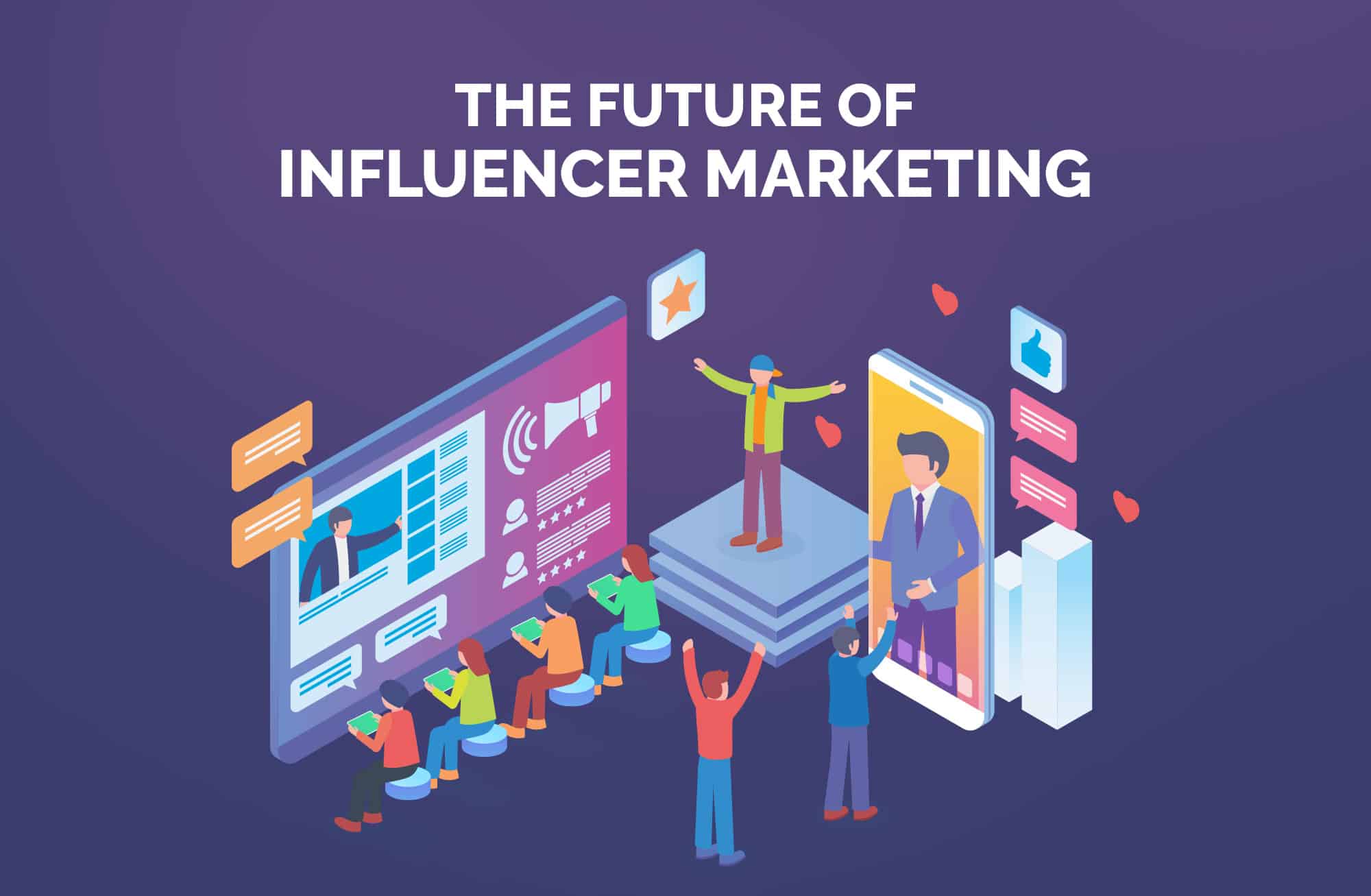
Influencer Marketing 2.0
In today’s digital age, influencer marketing has emerged as a powerful tool for businesses to connect with their target audience. However, as the landscape evolves, traditional approaches to influencer marketing are giving way to a new era: Influencer Marketing 2.0. In this blog, we will explore the evolving landscape of influencer marketing2.0, the challenges it presents, and strategies businesses can employ to navigate this dynamic terrain successfully.
Let’s delve into the changing landscape of influencer marketing.
Transition words like “firstly,” “to begin with,” or “initially” can effectively introduce this topic.
Transition: Firstly, it is crucial to understand the changing landscape of influencer marketing.
Transitioning with appropriate transition words, concise phrases, and an active voice, we can now discuss the changing landscape of influencer marketing. Consider the following points:
- Influencer Saturation: The influencer space has become saturated, making it more challenging for brands to stand out and connect with their target audience effectively.
- Authenticity and Trust: Consumers are becoming more discerning, seeking authenticity and transparency from influencers. They value genuine connections and trust in the recommendations made by influencers they follow.
- Micro-Influencers on the Rise: Micro-influencers, with smaller but highly engaged audiences, are gaining prominence. They often have niche expertise and can offer more targeted reach, credibility, and higher engagement rates.
Let’s explore the challenges and opportunities in Influencer Marketing 2.0.
Transition words like “moreover,” “additionally,” and “furthermore” will help us introduce this topic effectively.
Transition: Furthermore, Influencer Marketing 2.0 presents both challenges and opportunities.
Transitioning with appropriate transition words, concise phrases, and an active voice, we can now discuss the challenges and opportunities of it. Consider the following points:
- Authenticity Overreach: Striking a balance between brand objectives and influencer authenticity is a challenge. Brands must ensure that collaborations align with the influencer’s values and resonate with their audience to maintain credibility.
- Influencer Selection: With a plethora of influencers available, selecting the right ones to represent your brand becomes crucial. In-depth research and understanding of an influencer’s audience, content quality, and alignment with your brand values are essential.
- Long-term Partnerships: Building long-term partnerships with influencers can be more valuable than one-off campaigns. It allows for a deeper connection with the audience and establishes a consistent brand presence.
Let’s discuss strategies to navigate Influencer Marketing 2.0 successfully.
Transition words like “additionally,” “in addition,” and “furthermore” will help us introduce this topic effectively.
Transition: Furthermore, successful navigation of Influencer Marketing 2.0 requires strategic approaches.
Transitioning with appropriate transition words, concise phrases, and an active voice, we can now discuss strategies to navigate Influencer Marketing 2.0 successfully. Consider the following points:
- Authenticity and Relevance: Prioritize influencers whose values align with your brand. Encourage them to create authentic, relatable content that resonates with their audience and maintains trust.
- Micro-Influencer Collaborations: Explore partnerships with micro-influencers who have a dedicated and engaged following within your niche. Their smaller audience size allows for more personal connections and higher engagement rates.
- Influencer-Generated Content: Encourage influencers to create content in collaboration with your brand. This approach ensures authenticity, leverages their creativity, and promotes a deeper connection with their audience.
Let’s discuss the importance of tracking and measuring influencer marketing efforts.
Transition words like “moreover,” “additionally,” and “furthermore” will help us introduce this topic effectively.
Transition: Furthermore, tracking and measuring influencer marketing efforts are crucial for success.
Transitioning with appropriate transition words, concise phrases, and an active voice, we can now discuss the importance of tracking and measuring influencer marketing efforts. Consider the following points:
- Performance Metrics: Define key performance indicators (KPIs) to track the success of influencer collaborations. These may include reach, engagement, conversions, or brand sentiment.
- Influencer Performance Evaluation: Regularly evaluate the performance of influencers based on agreed-upon metrics. This evaluation helps identify successful partnerships and aids in future decision-making.
Conclusion:
Transitioning with appropriate transition words and less passive voice, we have explored Influencer Marketing 2.0 and the evolving landscape of influencer collaborations. By embracing authenticity, leveraging micro-influencers, fostering long-term partnerships, and tracking performance, businesses can navigate this dynamic terrain successfully. As the influencer marketing landscape continues to evolve, staying adaptable and strategic will ensure that your brand stands out, connects with your target audience, and achieves meaningful results in the era of Influencer Marketing 2.0.
